Depending on the variety, oranges can be used in everything from marmalades and salads to sauces, stir-fries, and baked goods.
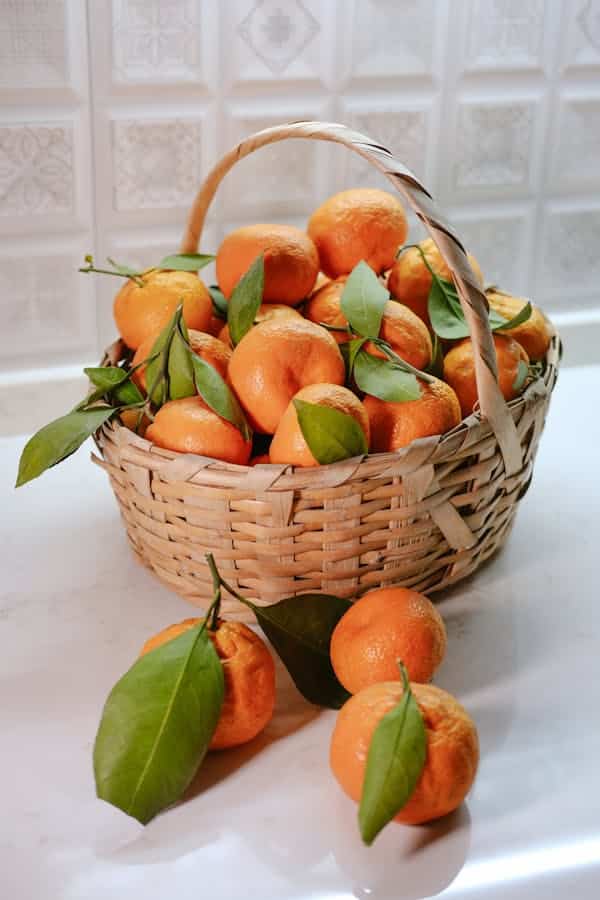
Navel
Navel oranges are the classic variety most people recognize. They are bright yellow-orange with a distinctive indent on the rind. These sweet, seedless, and easy-to-peel oranges are perfect for snacking, adding to salads or yogurt, or using in baked goods, marinades, and sauces. Rich in vitamin C, navel oranges support skin and bone health and help with iron absorption.

Cara Cara
Similar to navels in sweetness and seedlessness, Cara Cara oranges feature a striking pinkish-red pulp due to the presence of lycopene, a carotenoid that provides vitamin A. They are also high in potassium and fiber. Unlike navel oranges, Cara Caras stay sweet even after exposure to air, making them great for fresh salads, baked goods, sauces, and juice.
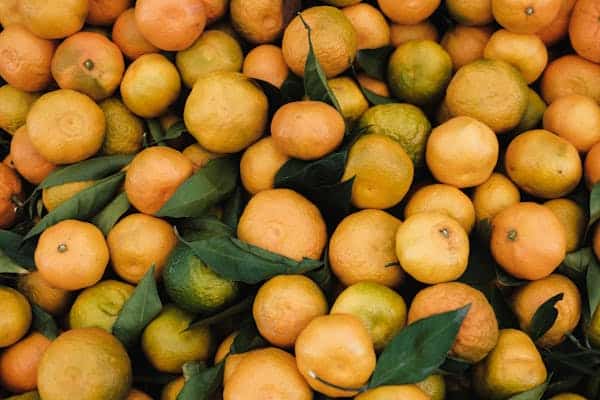
Valencia
Valencia oranges are known for their sweet flavor and juiciness, often containing seeds. They’re perfect for smoothies and fresh orange juice. Packed with nutrients like folate, vitamin C, and potassium, Valencias also pair well with savory and spicy dishes.

Mandarin
Mandarins are small, sweet citrus fruits that are popular as a snack. Sold fresh with their peel intact or canned, they add a delightful touch to fruit salads, oatmeal, and desserts like custard.
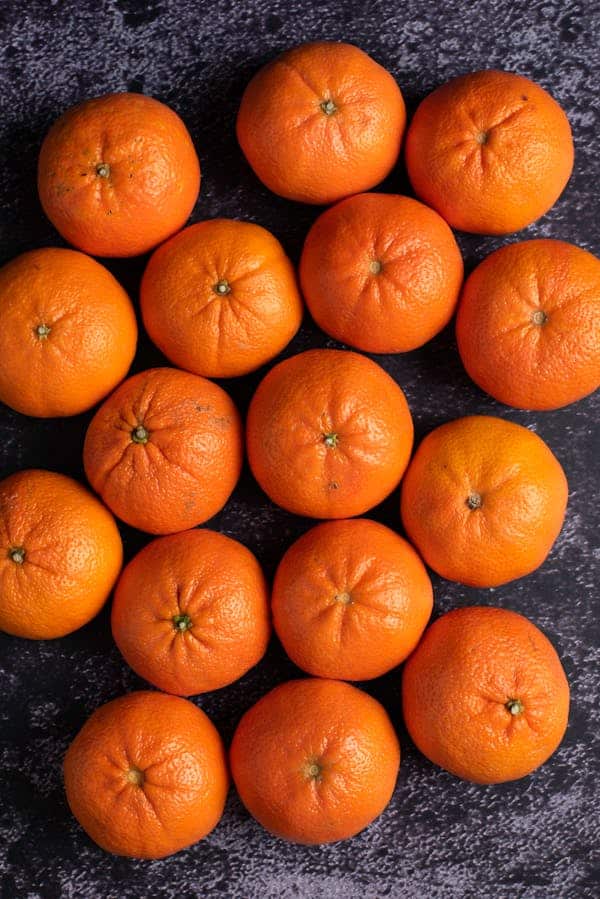
Clementines
A variety of mandarin, clementines are small, easy-to-peel, and seedless, making them ideal for young children. Despite their size, they are nutrient-rich, particularly in vitamin C, making them a great snack.
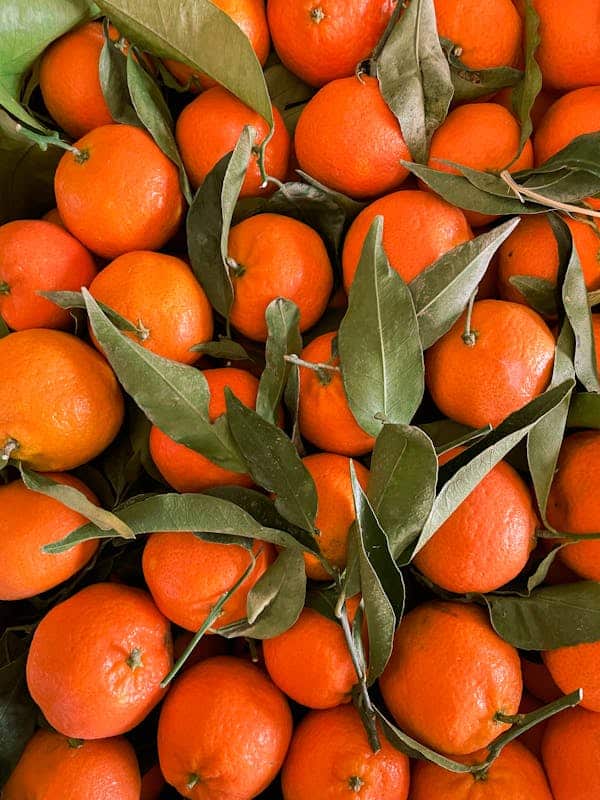
Tangerines
Tangerines, another type of mandarin, are larger than other mandarins but still smaller than navel oranges. Their reddish pulp and tangy flavor make them stand out. They are versatile in juices, jams, baked goods, and salsa.
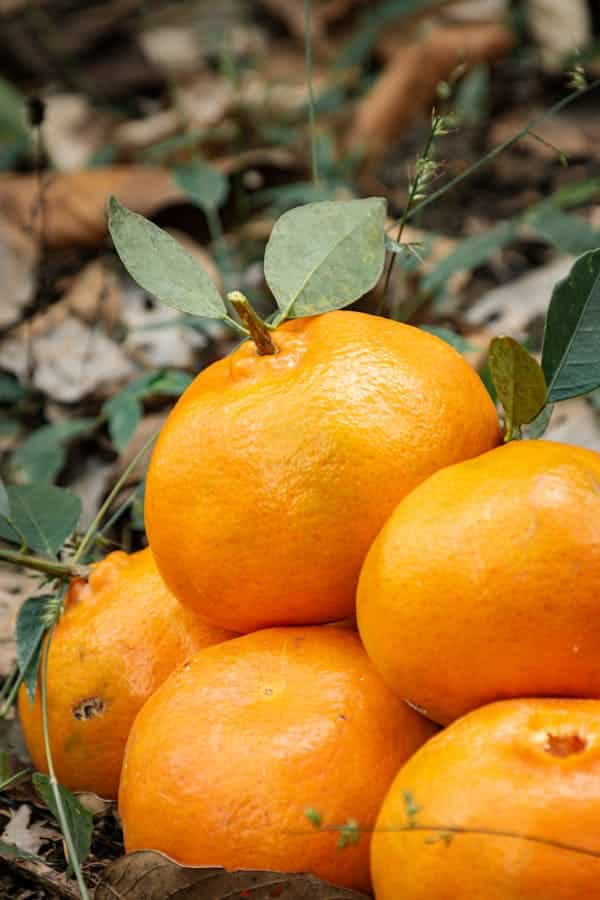
Sumo Oranges
Sumo oranges are the largest variety of mandarins, featuring deep orange, bumpy skin and a distinctive knob on top. Like other citrus fruits, they are rich in fiber and vitamin C, making them perfect for snacking or adding to salads and desserts.
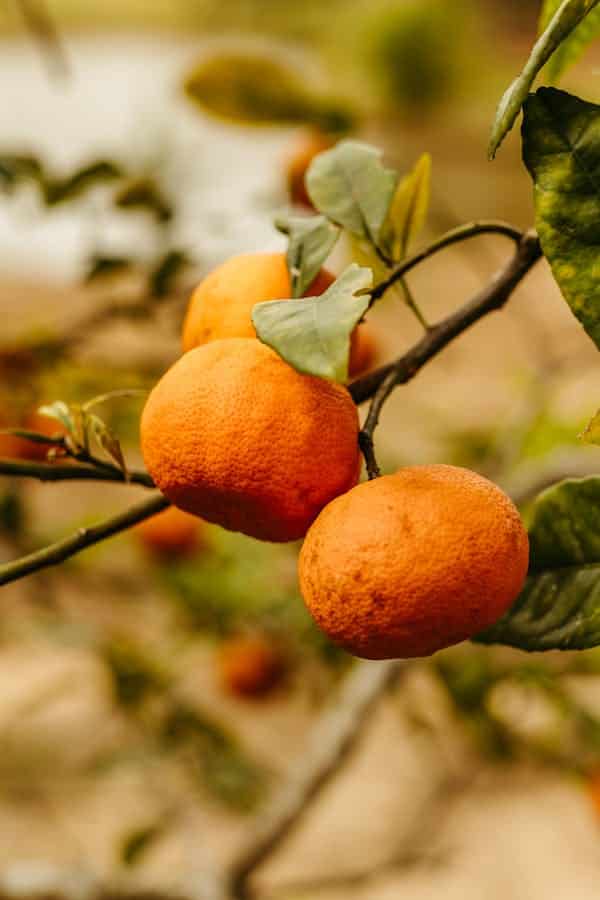
Blood Oranges
Blood oranges are known for their ruby-red pulp and reddish rind, the result of anthocyanin, a pigment linked to protective health benefits. They come in various types with differing levels of tartness and color. Blood oranges are great as garnishes for drinks, in salads, or in savory dishes like chicken stir-fry.
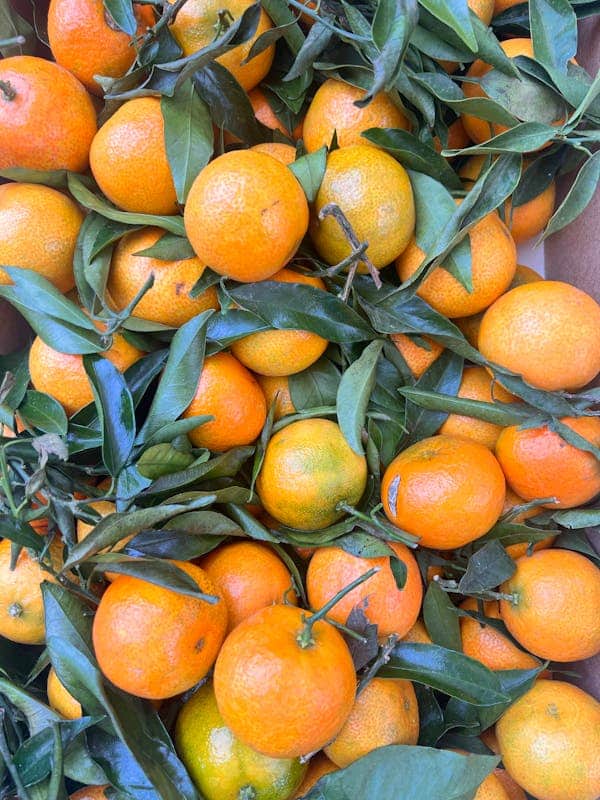
Seville Oranges
Typically not eaten fresh due to their sourness, Seville oranges are instead used in marmalades, preserves, marinades, dressings, and even fortified wines. Their unique flavor also makes them popular in fragrances.
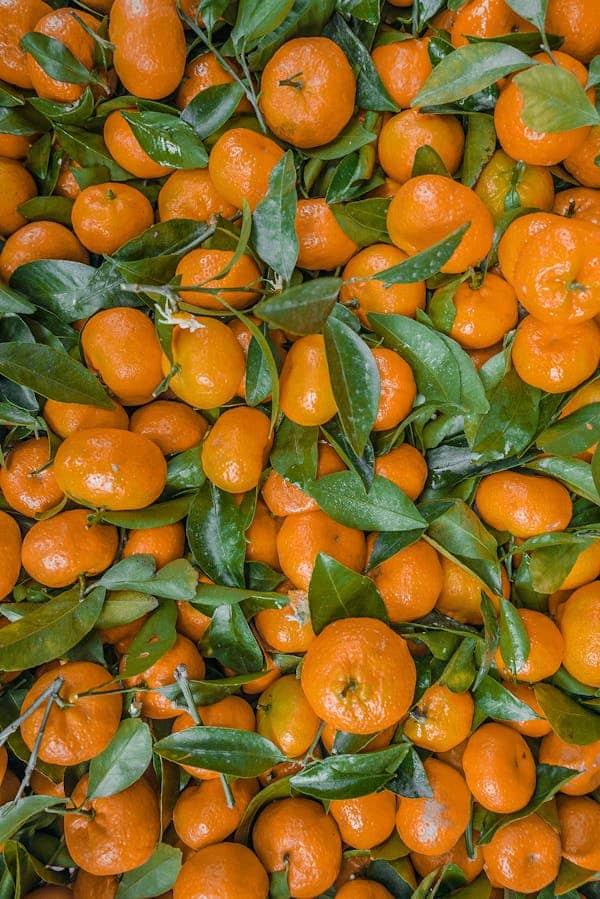
Tangelo
A hybrid of tangerines and pomelos, tangelos feature thin skin with a knob across the stem and juicy pulp inside. They offer the sweet taste of tangerines with the tanginess of pomelos. Perfect for fresh dishes, tangelo juice also works well in marinades and cocktails.
